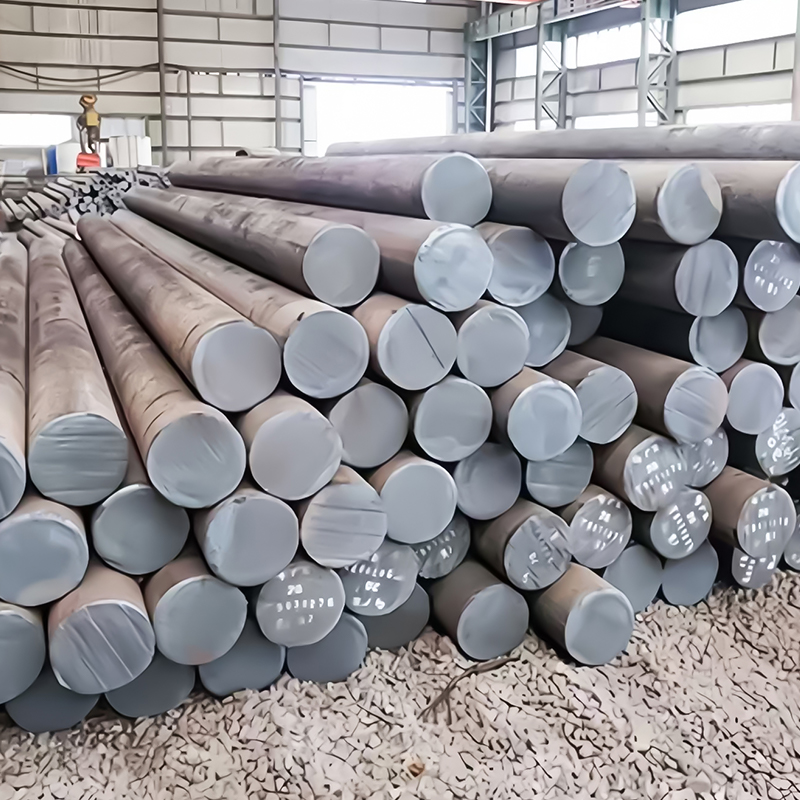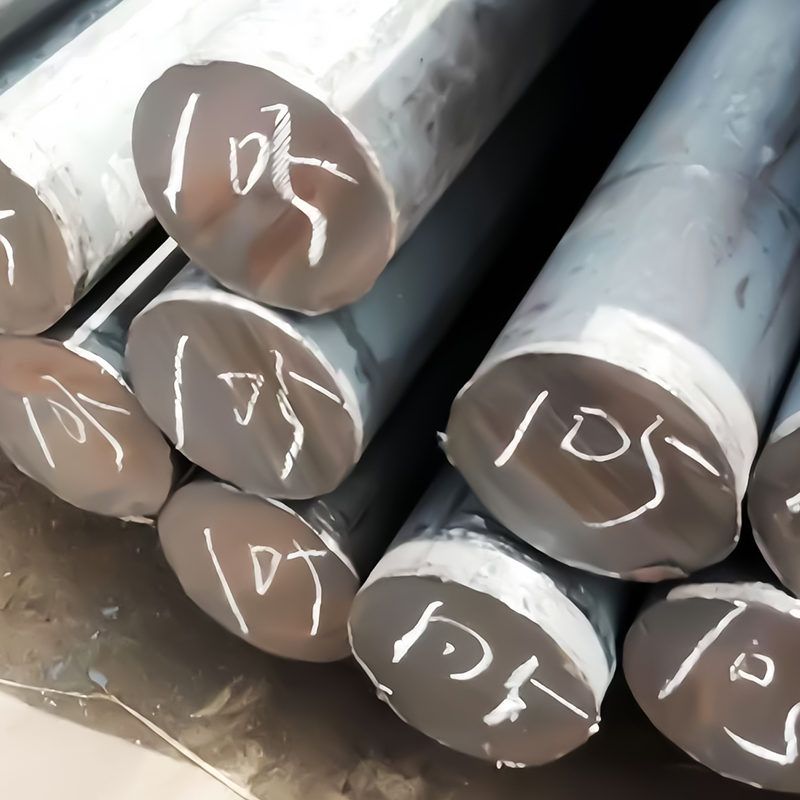
A105 carbon steel
A105 Carbon Steel is a type of carbon steel commonly used for piping components, such as flanges, valves, and fittings, in various industries, including power generation, oil and gas, and petrochemical.
- Benefits
- Heat Treatment
- Applications
- Availability
- Parameter


 English
English


